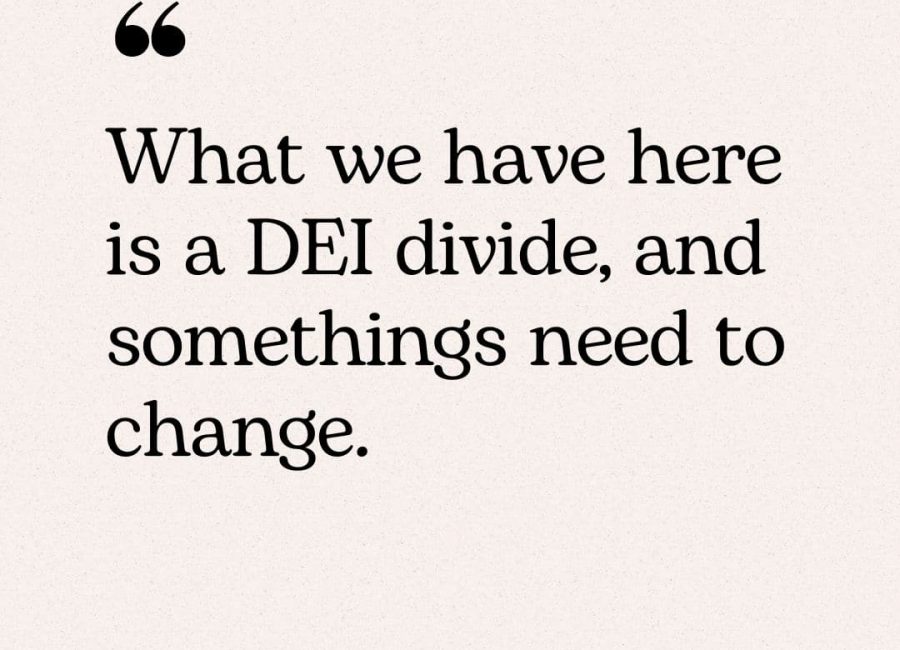This quarter, the Financy Women’s Index (FWX) sheds some light on one of the greatest mysteries to have emerged during COVID-19 – who bore the brunt of the unpaid work?
COVID-19 lockdowns created a range of challenges for the average household. But, for many families dealing with working from home and bouts of home schooling, the challenge of balancing work and home responsibilities certainly ranks highly.
Most of what we’ve heard to date indicates that women have taken on the lion’s share of unpaid work during the pandemic.
A study released by UN Women covering 16 countries found that the average woman increased time spent on childcare by 5.2 hours each week during COVID-19, compared to 3.5 hours for men.
Close to a third (32%) of women said they spent more time cooking and serving meals, compared to less than a fifth of men (18%).
It is perhaps this context that makes the results of this latest FWX so surprising. Not only has the unpaid work sub-index improved – climbing from a score of 65.1 points out of 100, to 67.2 points – but the underlying data also suggests that the average woman in a couple is spending less time on unpaid work overall.
In fact, in late 2020 women in relationships spent 42 minutes less on housework and childcare than in 2019, while men spent 30 minutes less on average.
The data for this analysis is drawn from the HILDA Survey, which is an annual dataset with a lag time of a year, meaning data for 2020 has only recently been released.
It also gives us our first glimpse at the division of unpaid work during the earlier stages of the pandemic. The unpaid work sub-index has consistently revealed itself as the worst performing indicator in the FWX.
And despite gains in this quarter’s results, this report predicts it will take women 59 years to reach gender parity on this front.
There are no surprises why. For all the progress women have made in terms of workforce participation (climbing from 52% in the 1990s, to 62% today), the burden of unpaid work continues to fall on their shoulders.
In fact, where there has been progress over the past 50 years at home, this has been primarily driven by improvements in productivity – think improved labour savers like dishwashers, washing machines and vacuum cleaners.
These technologies have increased the efficiency with which domestic tasks can be performed, but do nothing to address the underlying inequity in the distribution of tasks.
We can draw similar parallels to this latest data. In some ways, working from home during COVID-19 has made doing household chores a little easier.
For example, putting a load of washing on or emptying the dishwasher in between meetings or on a lunch break.
Yet, if we simply look at the distribution of household chores and childcare between men and women, it’s clear that little has changed.
In fact, for every hour a woman spent on unpaid work during COVID-19, a man spent 37 minutes on average.
In contrast, men tend to do more of the paid work (1.4 hours, for every hour spent by a woman).
To make matters worse, the gender pay gap not only persists but has deteriorated in the past year. The latest data shows that the gender pay gap has decreased by 2.4% relative to the March quarter last year, creating another barrier for women wanting to contribute to the household through paid rather than unpaid work.
From a sectoral lens, one of the biggest gaps is in the health care and social assistance industry – where women earn 79 cents for every $1 earnt by a man, yet comprise 76% of workers.
While gender pay gaps exist in all industries, the gender pay gap in health seems especially confronting given the current context of a pandemic and the critical role many of these workers have played as front line staff.
The unpaid work sub-index continues to be one the most important indicators of women’s progress; perhaps because the division of domestic tasks is so closely tied to gender norms.
Yet the modest improvements seen during COVID-19 are not reflective of underlying structural or cultural change required to enable real and long-lasting progress.
For governments, tackling gendered norms around the role that men and women play may be difficult to address directly.
Yet, at minimum, policymakers need to be paying close attention to emerging wage gaps – in particular for those occupations or sectors where women are over represented – and the implicit message this sends about the role women play in, and their value to, society.
Financy helps women become financially fearless and while we’re at it, we ensure that our members – individuals and organisations – are part of the solution to gender financial equality. Subscribe for FREE to our newsletter or dial things up a notch with a Financy Membership.













